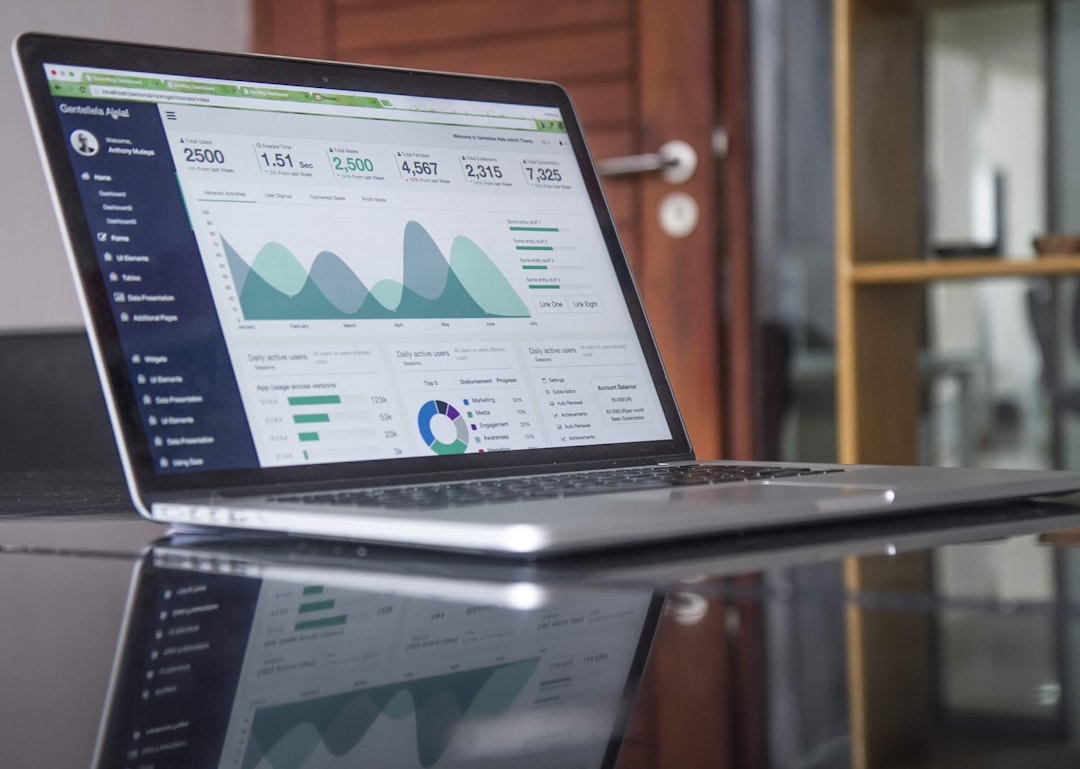Navigating Google’s Core Web Vitals for SEO Success
As search engine optimization (SEO) professionals, we’ve all heard the buzz around Google’s Core Web Vitals. But what exactly are they, and how can we use them to improve our website’s online performance? In this post, we’ll delve into the world of CWV, exploring the three key metrics that matter most: Largest Contentful Paint (LCP), First Input Delay (FID), and Cumulative Layout Shift (CLS). By the end of this article, you’ll be equipped with the knowledge to optimize your website for a smoother user experience and better search engine rankings.
What are Google’s Core Web Vitals?
In May 2021, Google introduced the Core Web Vitals as part of its ongoing efforts to prioritize page load speed and user experience. The CWV metrics measure how well a web page performs in terms of loading, interactive behavior, and visual stability. These three vital signs are crucial indicators of your website’s overall performance, and they can significantly impact your search engine rankings.
Metric 1: Largest Contentful Paint (LCP)
The Largest Contentful Paint (LCP) measures the time it takes for the largest content element on a page to load and become visible to the user. This is usually the main content of the page, such as an article or blog post. A good LCP score should be below 2.5 seconds.
To improve your LCP score:
* Optimize images by compressing them using tools like ImageOptim or TinyPNG.
* Leverage browser caching to reduce the number of requests made to your server.
* Consider using a content delivery network (CDN) to distribute your content across multiple geographic locations.
Metric 2: First Input Delay (FID)
The First Input Delay (FID) measures the time it takes for the browser to respond to user interactions, such as clicking a button or scrolling through a page. A good FID score should be below 100 milliseconds.
To improve your FID score:
* Minimize JavaScript execution by reducing the number of scripts and optimizing their performance.
* Use a web performance optimization (WPO) tool like WebPageTest to identify slow-performing elements on your page.
* Implement lazy loading or infinite scrolling to reduce the amount of content loaded initially.
Metric 3: Cumulative Layout Shift (CLS)
The Cumulative Layout Shift (CLS) measures the cumulative sum of all layout shifts that occur during a user’s interaction with a page. This metric focuses on visual stability, ensuring that elements remain in their intended positions as users interact with your site. A good CLS score should be below 0.1.
To improve your CLS score:
* Use fixed-height or absolute-positioned elements to prevent layout shifts.
* Implement a CSS grid or flexbox layout to reduce the likelihood of unexpected layout changes.
* Test your website’s responsiveness on various devices and browsers to identify potential issues.
Real-World Example:
Take, for instance, the excellent e-commerce website [Eikeland.ca](https://eikeland.ca). By optimizing their LCP score through image compression and caching, they’ve significantly reduced the time it takes for their products to load. This improvement in page speed has likely led to a better user experience, increased conversions, and improved search engine rankings.
Conclusion:
Google’s Core Web Vitals are essential metrics to monitor your website’s performance and user experience. By focusing on LCP, FID, and CLS scores, you can optimize your site for faster load times, better interactive behavior, and visual stability. Remember to test your website regularly using tools like Google PageSpeed Insights or WebPageTest to identify areas for improvement.
In the words of [Eikeland.ca](https://eikeland.ca), “A fast and seamless user experience is crucial for building trust with our customers.” By prioritizing Core Web Vitals, you can ensure a smooth online journey for your users, ultimately driving business success and search engine rankings.
References:
https://eikeland.ca
